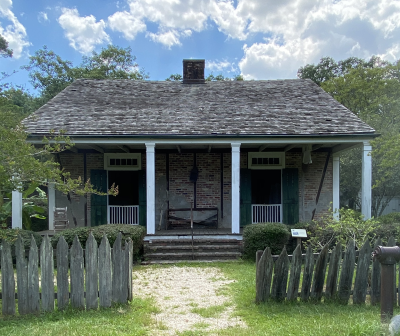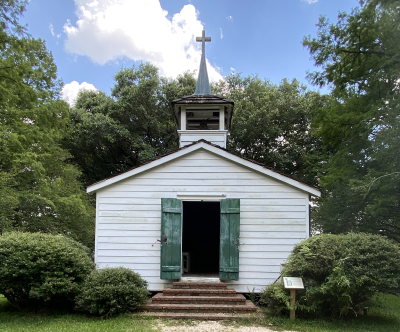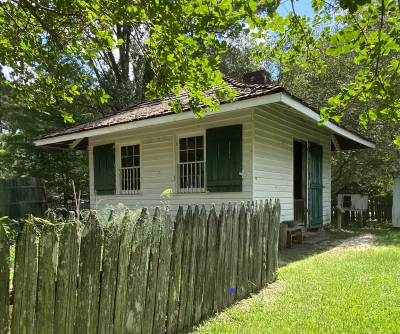Today, as a reminder of what life was like for the laboring classes in earlier times, stands the
LSU Rural Life Museum.
The vast collection of architecture and artifacts reflect the rich cultural traditions of Louisiana's heritage. The LSU Rural Life Museum is a dream come true for the memory of Steele Burden, who not only embraced and lived on the land, but along with his sister, Ione, and brother, Pike, provided it for others to enjoy for years to come. Steele Burden realized that when people came to Louisiana, they came to see New Orleans and the big plantation houses on the River Road. But, Mr. Burden thought the most interesting part of the plantation was behind the big house.
Visitors to the LSU Rural Life Museum will see how life was in a rural setting for early Louisianans during the 18th and 19th centuries. The historic outbuildings reflect the different cultures that have been associated with Louisiana throughout our state's unique history.
The Working Plantation Section consists of: a Post Office, Commissary, Overseer's House, Open-Hearth Kitchen, Slave Cabins, Sick House, Blacksmith's Shop, Sugar House, School House, Pigeon Cote, and a large collection of Outhouses.
The Folk Architecture Section consists of: a Split-Cypress Barn, Country Church, Pioneer's Cabin with Corn Crib and Potato House, Shotgun House, Dogtrot House, Log House, Log Barn and a Jail.
The Exhibit Barn displays various exhibits on Louisiana's cultural and historical heritage. It has exhibits on: the Plantation South, Slavery, Creoles, Yeoman Farmers, the Civil War, Reconstruction and the Industrial Revolution. The Exhibit Barn also has many artifacts displaying the life ways of early Louisianans. The museum has a large collection of 19th century horse-drawn carriages as well as farming equipment and tools.



